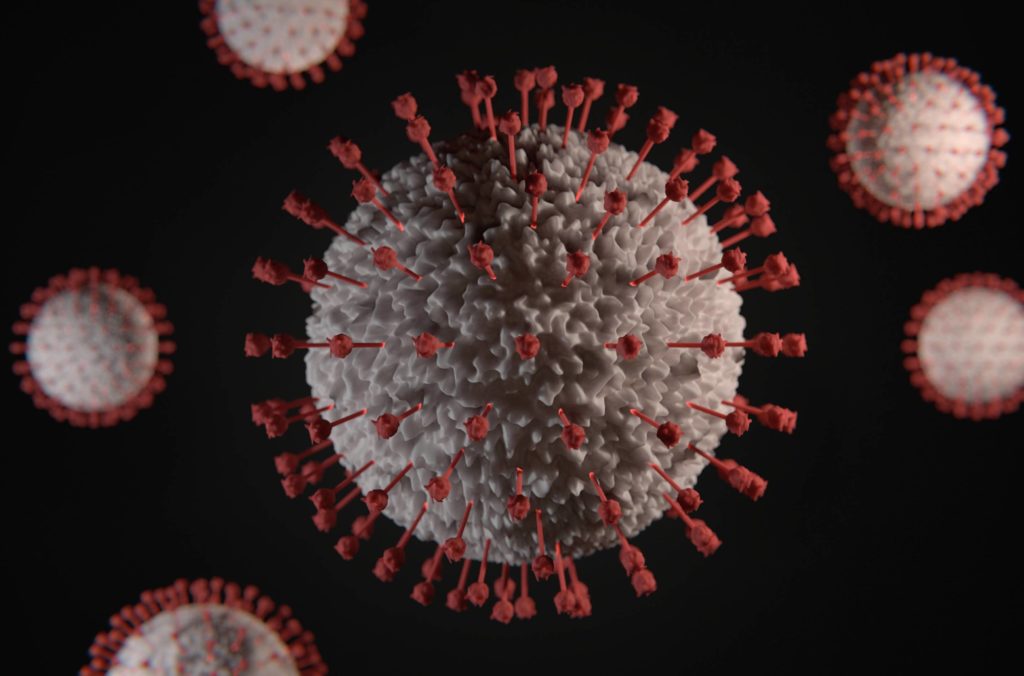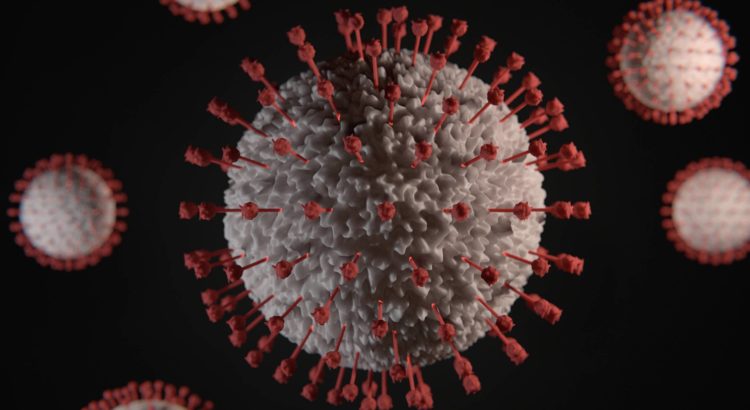
Catastrophic predictions and solutions with very little evidence
The recent SAGE briefing Long term evolution of SARS-CoV-2 outlined various scenarios that might occur in the evolution of the SARS-Covid-19 pandemic, many involving the development of virus variants that are either more dangerous or that might escape the vaccine rollout. Only one of these scenarios had a positive outcome, that the virus would evolve into a more benign disease much like the other coronaviruses in circulation [1].
Many of the other catastrophic predictions were accompanied by recommendations that seemed to recycle previous solutions that have very little evidence of their proven efficacy and centre around the vaccines, more boosters, and diversification of templates to catch escaping variants. The vaccine may have been required to protect the vulnerable, a new study shows that there is a worrying increase in the numbers of vaccinated people testing positive for the virus and that “the Delta Covid-19 variant produced similar amounts of virus in vaccinated and unvaccinated people if they get infected”.
Surely, this is the point at which SAGE pauses to assess what is going wrong or what is happening rather than calling for more of the same? The report’s supporting notes state that “high levels of vaccination creates the conditions in which an immune escape variant is most likely to emerge. The likelihood of this happening is unknown, but such a variant would present a significant risk both in the UK and internationally.” and “As vaccines against SARS-CoV-2 are deployed across populations, it is possible to create a selection pressure for variants that can escape the vaccine-acquired immune response”.
The document even went as far as discussing original antigenic Sin, a process by which a strong imprint of immunity to a particular antigen will weaken the immune response to a variant, with a slightly similar code. [2,3] No matter as the authors conclude that this was only a possibility, but unlikely. Again, is it not time to assess what factors are affecting the rise in positive tests in the vaccinated and the sudden drop in overall cases recently?
The recommended programme of boosters might already be obsolete since they are being designed around the SA variant, which has already peaked, while the dominant variant around the world is now the Delta. Naturally, there will be a delay in deciding which template to design boosters around, safety tests and roll-out, but it is worrying that the authors of the briefing call for faster roll-outs and approval. Medical regulations were put in place for very good reasons.
The briefing also recommends reducing transmission of the virus both domestically and internationally. Health bodies have stated that measures to control this will mainly focus around social distancing measures for hospitality and travel, yet the data shows that the majority of transmission comes from hospitals or old people’s homes. The supplementary notes for the briefing document then state that “Non-pharmaceutical interventions such as mask-wearing and social distancing shape the environment in which a virus transmits and may act as selection pressures for increased viral transmission”.
As stated in earlier HART briefing documents and backed up by many scientific studies, viruses will develop variants whether a country is shut-off or not. It has been shown that similar variants can arise on distant parts of the planet in a process known as convergent evolution. Viruses can even develop variants inside an infected individual. In SAGE’s own words:
“It is not possible to predict with any certainty what or when new variants will emerge, or their phenotypic significance.”
Other SAGE recommendations seem on the surface to be quite sensible, including monitoring variants. However, increasing and expanding the testing network is a double edged sword. Researchers can keep an eye on variants, but it prolongs the pandemic and wastes vast sums of money. The briefing document also seems to suggest that therapeutic drugs or combination therapies may have the green light, which is a truly positive step.
The document ends by saying that it is possible that the virus might evolve into a fairly harmless disease like the common cold, maybe not immediately but there is a good possibility in the future. Which makes sense since most of the other corona viruses only cause mild fevers [1]. Given the regular recent history of respiratory tract infections there seems every chance that this pandemic will die out relatively soon also.
References
1. King, A. An Uncommon Cold. New Scientist (1971) 2020, 246, 32–35, doi:10.1016/S0262-4079(20)30862-9
2. Aydillo, T.; Rombauts, A.; Stadlbauer, D.; Aslam, S.; Abelenda-Alonso, G.; Escalera, A.; Amanat, F.; Jiang, K.; Krammer, F.; Carratala, J.; et al. Immunological Imprinting of the Antibody Response in COVID-19 Patients. Nature Communications 2021, 12, 3781, doi:10.1038/s41467-021-23977-1
3. Vashishtha, V.M. Is ‘Original Antigenic Sin’ Complicating Indian Vaccination Drive against Covid-19? null 2021, 1–2, doi:10.1080/21645515.2021.1945904

